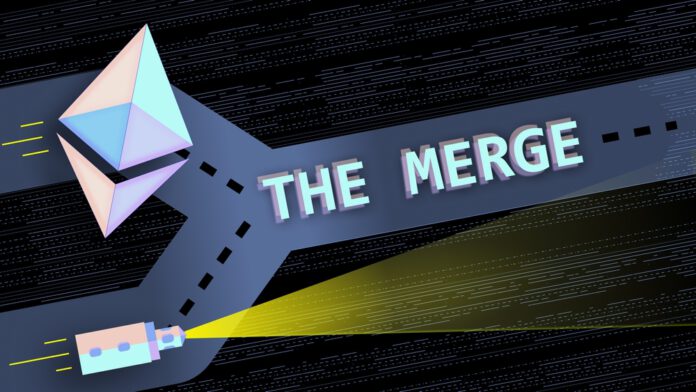No products in the cart.
- Latest
- Trending
ADVERTISEMENT

The merge where Ethereum moved into a new era, leaving one consensus mechanism and starting another, couldn’t have been more timely. Energy prices are skyrocketing, news about global warming is alarming, and calls for energy savings and greener solutions are growing stronger by the day. The stakes for the Earth and its inhabitants are enormous.
Ethereum has been an energy inefficient network since day one due to an outdated security system called Proof of Work, a system where so-called miners get the right to update the next block of transactions. This right is granted by providing proof by solving challenging computational puzzles, after which miners earn new tokens in return. However, in order to avoid flooding the market with too many new tokens, the pitfall was that solving puzzles became harder over time and then required more energy.
Digiconomist Ethereum miners are estimated to consume 44.49 TWh annually, which amounts to 5.13 gigawatts on an ongoing basis. This means that PoS (Proof-of-Stake), the mechanism that Ethereum will run after the merge, will be up to 2000 times more energy efficient based on the above estimates.
A reduction of at least 99.95% in total energy usage is expected after the merger. Proof of Stake only requires an appointed validator to agree that the transaction is correct, and once enough nodes have validated the transaction, the transaction simply goes through. No more solving challenging and energy-consuming computational puzzles.
Junnu Sarovara Head of Platform Development at Regenerative Finance (ReFi) Company Likvidi,comment,
The merge to Proof of Stake will dramatically reduce Ethereums power consumption by 99.95%. In terms of energy consumption, it will be used alongside other protocols deemed sustainable such as Tezos, Solana and Algorand. Given that it is still the second largest blockchain in the world, it offers an opportunity for sustainable blockchain projects looking for a home.
Previously, a single transaction consumed enough electricity to power an average US home for a week. After the merger, you’ll be closer to boiling the kettle. “
So after Ethereum transitions to a new process for verifying transactions, which should take place around the end of September, the environmental footprint should shrink significantly. It eliminates the need to solve puzzles entirely, eliminating the need for powerful hardware and large amounts of power to maintain the blockchain. That is, if all goes well. So what could go wrong?
The developers say nothing to worry about. We are confident that the integration will not affect the security of our assets or the functionality of our apps.
But there is always but.Digital assets being built today ethereum May be duplicated during merge Forked Proof of Work NetworkActual versions of NFTs and stablecoins exist in the post-merger Proof of Stake Network, but copies may exist. Owners of these assets can sell these surplus tokens for profit.
But overall, Merge should be a positive transition. The new Ethereum network will appeal to institutions concerned about the current environmental impact of proof of work. Smaller computers that require less power can use the new network. It also improves the security of Ethereum. Attacking the network becomes a much more costly problem. But the Earth will be the biggest winner by reducing energy usage by he 99.95%.
Copyright © Pbird Media | Copyright © All rights reserved 2024

Copyright © Pbird Media | Copyright © All rights reserved 2024











